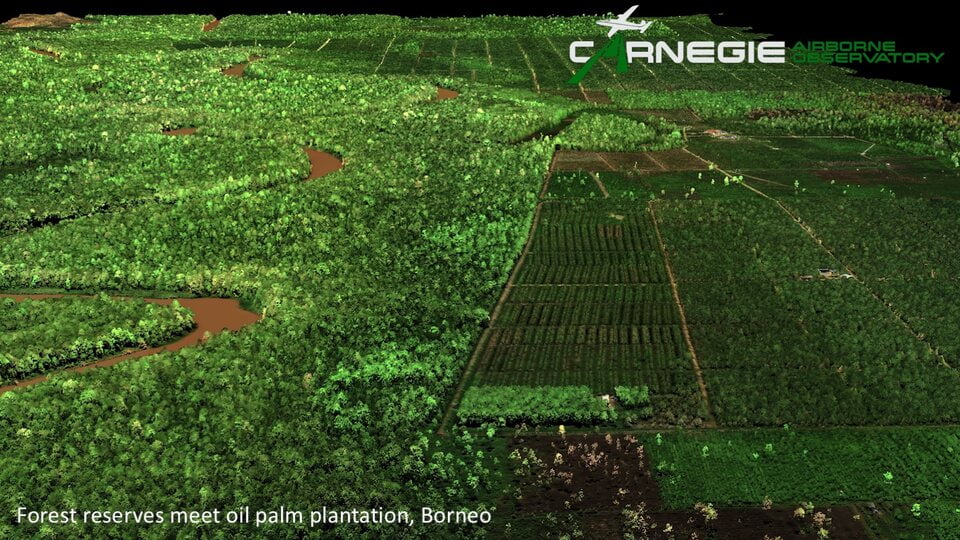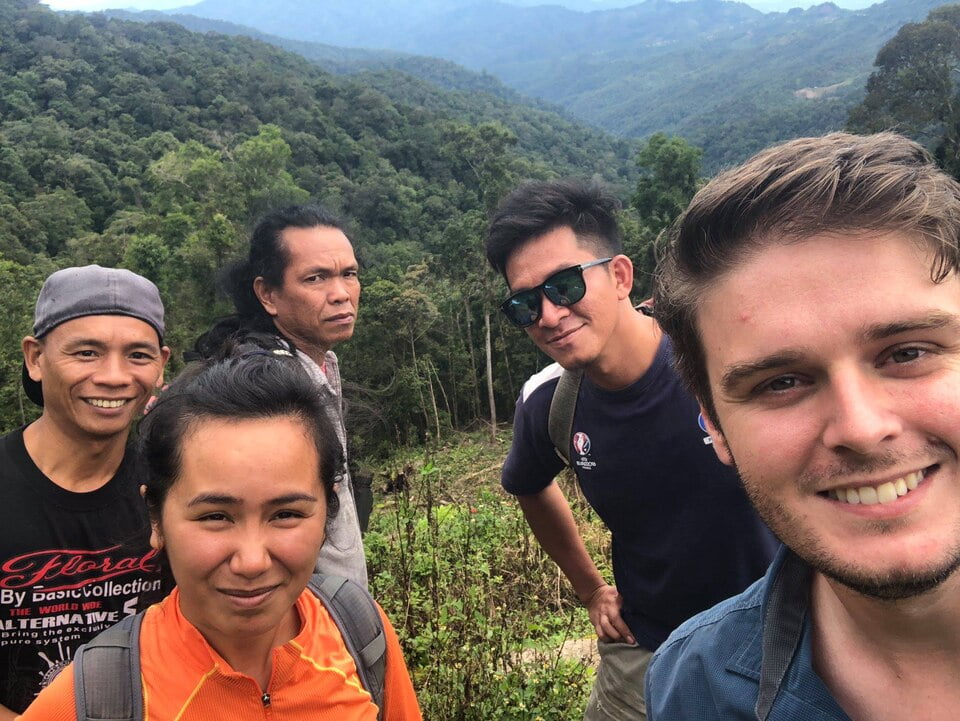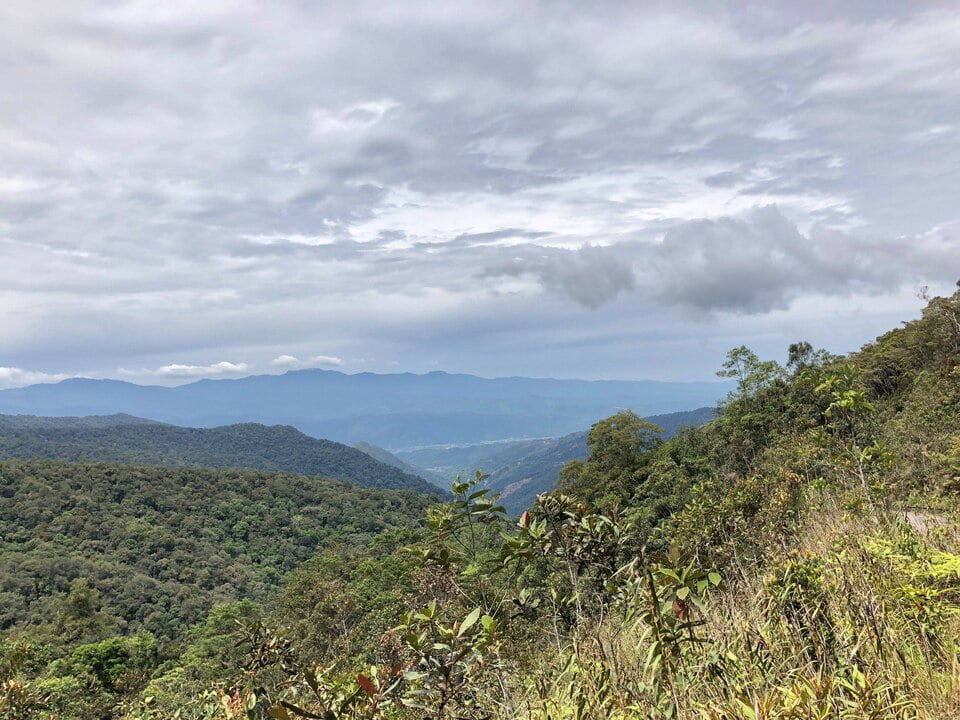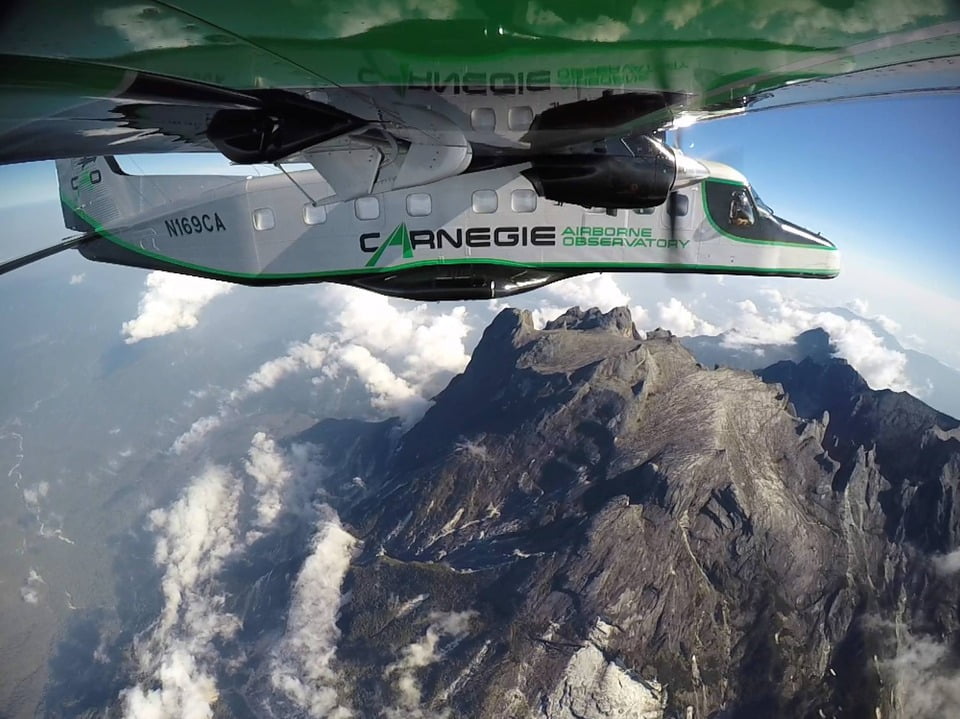Supporting the Creation of New Rainforest Protected Areas in Malaysian Borneo
About
Collaborators: Carnegie Institute, Airborne Observatory and Danau Girang Field Centre
Status: Completed
Light Detection and Ranging (LiDAR), is a remote sensing method that uses light in the form of a pulsed laser to measure variable distances to the Earth. Aerial LiDAR data was collected across Sabah in May 2016 by Prof. Greg Asner and his team from the Carnegie Airborne Observatory (CAO), part of the Carnegie Institute for Science. The aerial surveys covered ~30% of the land surface of the State, and a combination of LANDSAT (a U.S. scientific satellite which studies and photographs the earth’s surface by using remote-sensing techniques) and other satellite imagery was utilised to map the vegetative, topological, chemical and carbon storage levels throughout the State.
The CAO LiDAR subsystem provided three-dimensional structural information on vegetation canopies and the underlying terrain. The Global Positioning System -Inertial Measurement Unit (GPS-IMU) subsystem provided three-dimensional position and orientation data for the CAO sensors, allowing for highly precise and accurate positioning of LiDAR observations on the ground.
Laser ranges from the LiDAR were combined with the embedded GPS-INU data to determine the 3-D locations of laser returns, producing a ‘cloud’ of LiDAR data. These data were processed to create digital terrain models (DTM) and digital surface models (DSM; this includes canopy top and, where only ground returns exist, bare ground). Measurement of the vertical difference between the DTM and DSM yields a digital canopy model (DCM) throughout the study site. Dr Luke Evans, post-doctorate at Carnegie Institute, acted as liaison between DGFC and CAO in utilising LiDAR data within the Kinabatangan and beyond.
The results of these in-depth habitat mapping efforts provide projects with detailed, species-specific habitat parameters, which, when paired with animal-derived GPS data, will elucidate what is required for population persistence within the Kinabatangan’s lowland landscapes.
Publications
- Riparian vegetation structure and the hunting behaviour of adult estuarine crocodiles.
- Underproductive agriculture aids connectivity in tropical forests.
- Mapped aboveground carbon stocks to advance forest conservation and recovery in Malaysian Borneo.
- Protected area management priorities crucial for the future of Bornean elephants.

©DGFC

©DGFC

©DGFC

